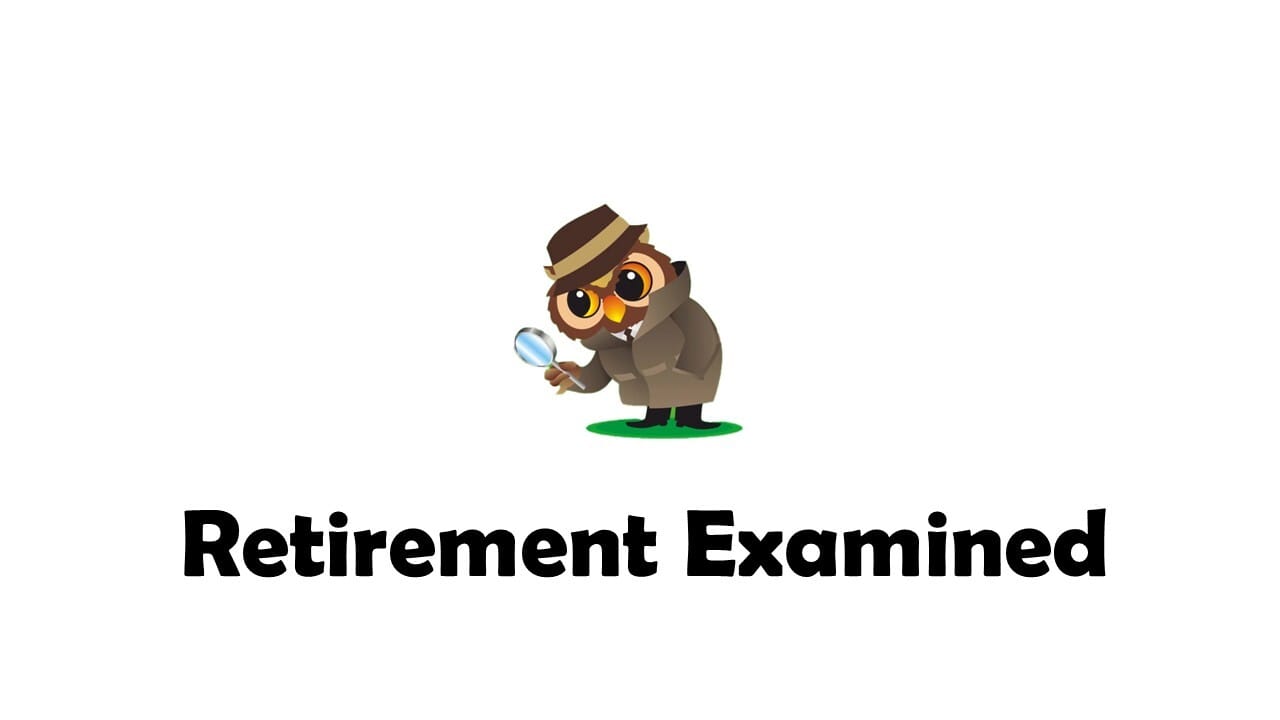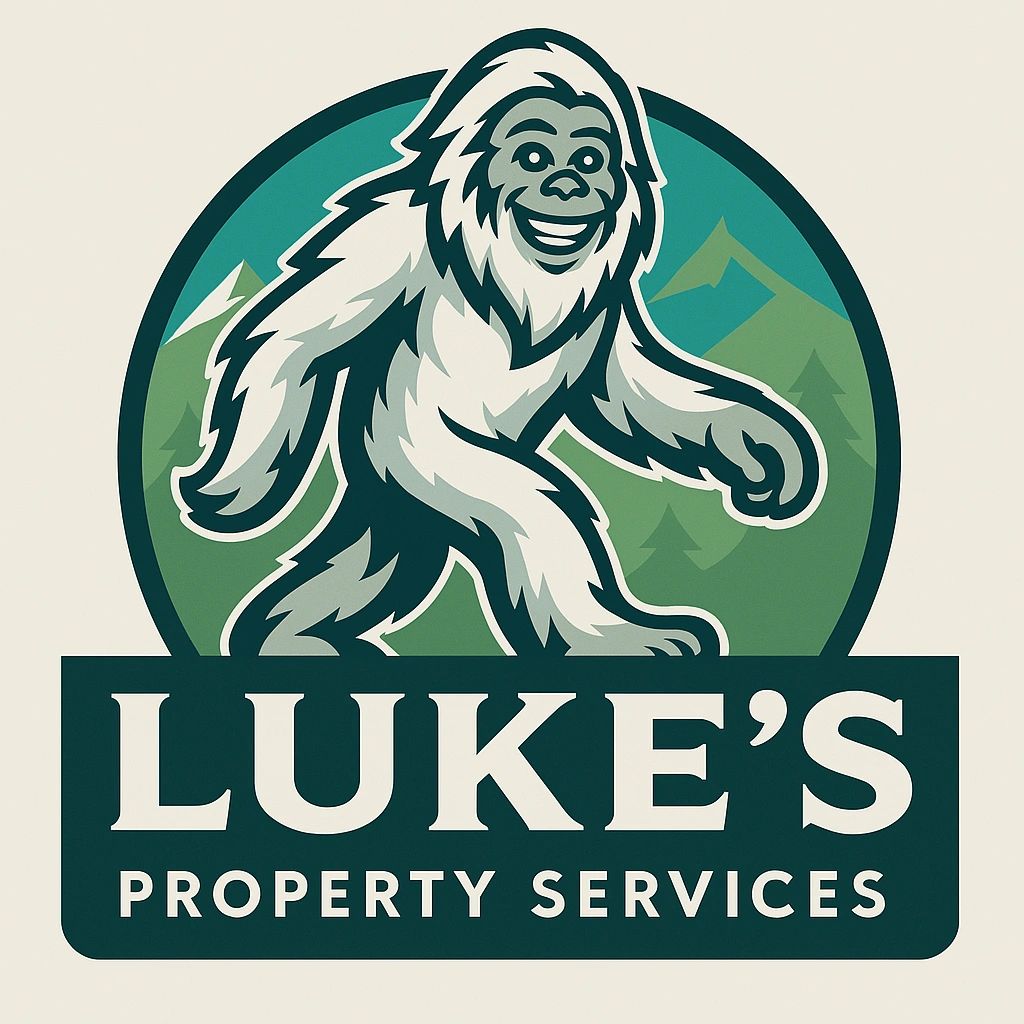- Retirement Examined
- Posts
- Retirement Examined
Retirement Examined
5-Minutes of Breakthrough Secrets: Happy, Fulfilling Retirement

The weekly email that keeps you up to date on exciting Retirement topics in an enjoyable, entertaining way for free.
How to Invest Before and During Retirement: A Practical Guide Using Modern Portfolio Theory and the Balanced Portfolio Approach
by Eric Seyboldt, MBA

For many pre-retirees and retirees, one of the most pressing financial questions is: How should I invest my assets to both preserve capital and generate income? The answer lies not in speculation or market timing, but in the structured application of two time-tested frameworks: Modern Portfolio Theory (MPT) and the Balanced Portfolio Approach.
Understanding Modern Portfolio Theory (MPT)
Modern Portfolio Theory, developed by Nobel Laureate Harry Markowitz, provides the intellectual scaffolding for investment decision-making. Its core insight is that investors should construct portfolios—not select investments in isolation—in order to manage risk and return more efficiently.
Three foundational principles of MPT include:
Risk is Measurable – Risk is quantified by standard deviation, which measures how much an investment's returns vary from its average over time. High variability suggests higher uncertainty.
Diversification Reduces Risk – By combining different asset classes—such as equities, real estate, cash, and fixed-income vehicles—you lower unsystematic risk, or the risk specific to individual securities.
Efficient Frontier – This is the set of all portfolios that deliver the highest expected return for a given level of risk. Portfolios that lie below the frontier are inefficient—they offer less return than they could for the same amount of risk. A well-constructed retirement portfolio should aim to lie on the frontier, maximizing return without exceeding the investor’s risk tolerance.
Rethinking the Balanced Portfolio: Substituting Bonds with Equity-Indexed Annuities
Traditionally, the Balanced Portfolio consists of 60% equities and 40% bonds. Stocks supply long-term growth; bonds historically provided income and downside protection. But in the current environment—marked by rising interest rate risk, inflation uncertainty, and longevity concerns—many retirees are reconsidering the role of bonds.
One increasingly popular alternative is the Equity-Indexed Annuity (EIA).
What Is an Equity-Indexed Annuity?
An Equity-Indexed Annuity is a contract with an insurance company that offers:
Principal protection – Your original investment is not exposed to market losses.
Market-linked growth – Your gains are tied to the performance of an equity index (e.g., the S&P 500), subject to caps or participation rates.
Tax deferral – Earnings grow tax-deferred until withdrawal.
Optional lifetime income – Many EIAs offer riders that convert your balance into guaranteed income for life.
Why Replace Bonds with EIAs?
Mitigation of Interest Rate Risk – Traditional bonds lose value when interest rates rise. EIAs, by contrast, are not marked to market and offer no such price volatility.
Downside Protection – Unlike bond mutual funds or ETFs, which can lose value, EIAs guarantee that your principal will not decrease due to market declines (assuming no early withdrawal or excessive fees).
Potential for Market-Linked Growth – EIAs provide some participation in equity returns—typically between 40% and 80% of an index’s upside—while completely avoiding downside exposure. While returns are capped, they often exceed the yields offered by investment-grade bonds in low-rate environments.
Income Planning – Many retirees opt for guaranteed income riders that convert the annuity into a reliable stream of lifetime income, helping to address longevity risk without the need to manage market exposure directly.
Applying MPT and Balanced Principles with EIAs
Before Retirement (Accumulation Phase):
Maintain equity-heavy allocations (e.g., 70% stocks) for long-term growth.
Begin incorporating EIAs to build protected growth buckets and future income streams.
Use dollar-cost averaging to reduce timing risk when entering annuity contracts.
During Retirement (Distribution Phase):
Shift toward stability and guaranteed income.
EIAs can replace traditional bond holdings in a 60/40 or 50/50 portfolio structure.
For example: 60% diversified equities and 40% EIAs with income riders or accumulation focus.
Use a bucket strategy:
Bucket 1: Cash and short-term savings for 1–3 years of expenses.
Bucket 2: EIAs designed for income over the next 5–10 years.
Bucket 3: Equities for long-term inflation protection and legacy growth.
Modern Portfolio Theory provides a rational framework for managing risk and return, while the Balanced Portfolio Approach gives retirees a practical tool for implementation. In today’s financial environment, substituting traditional bonds with Equity-Indexed Annuities offers a compelling way to preserve capital, secure income, and participate in market growth—all while mitigating key retirement risks.
As always, these tools must be tailored to your specific goals, time horizon, and risk tolerance.
Reach out to us for a complimentary, 10-minute consultation call. A well-constructed retirement strategy should do more than just manage risk—it should provide clarity, confidence, and long-term stability. If you're approaching retirement or already in it, now is the time to align your portfolio with your goals. To discuss how Modern Portfolio Theory and structured income tools like Equity-Indexed Annuities can support your financial plan, schedule a complimentary 10-minute consultation by calling 614-943-2265. Thoughtful planning today can help ensure your retirement is built on a foundation of informed choices—not guesswork.

Life Insurance Strategies for Business Owners Nearing Retirement
by Eric Seyboldt, MBA
Client: Eric, I’m turning 63 soon. I’m looking to slow down, but haven’t decided whether I’ll sell the business or just reduce my involvement. Do I still need life insurance?
Eric: Yes—and now more than ever. At this stage, life insurance isn’t about income replacement. It becomes a planning tool—critical for protecting the enterprise value you’ve built, ensuring business continuity, and transferring wealth efficiently. Two of the most overlooked—but essential—strategies are Key Person Insurance and Buy-Sell Agreement Funding. Let’s go deeper.
Client: Start with Key Person Insurance. I’ve heard the term but never really understood its relevance.
Eric: Key Person Insurance is a life insurance policy the business owns and pays for, with the business also named as the beneficiary. The “key person” is typically the founder, top executive, or someone whose death would cause significant operational or financial disruption.
In your case, even if you’re stepping back, your knowledge, client relationships, and financial decision-making likely remain central to the company. If you were to pass away unexpectedly, the business could lose revenue, face lender concerns, or even collapse in value—particularly if a sale is imminent and dependent on your involvement.
Key Person coverage creates a financial buffer. It provides the business with liquidity to:
Hire interim or replacement leadership
Stabilize cash flow during a leadership transition
Reassure creditors, clients, and potential buyers
Fund temporary operational losses
It’s often tax-deductible when structured correctly, and it signals to bankers and potential acquirers that your business is professionally managed and risk-aware.
Client: And how does life insurance tie into buy-sell agreements?
Eric: Great question. If your business has multiple owners—or if you plan to transfer it to a family member or key employee—you need a formal buy-sell agreement. It outlines what happens to your ownership if you die, become disabled, or want to exit.
But here's the key: the agreement is only as good as the funding behind it. If your partner or your estate can’t fund a buyout upon your death, it creates friction—or worse, litigation.
This is where life insurance becomes essential:
Cross-purchase plan: Each owner buys a policy on the other. If one dies, the survivor uses the death benefit to purchase the deceased’s shares.
Entity purchase plan: The business itself owns the policies and buys back the deceased’s shares.
For a retiring owner, this strategy ensures your heirs receive full value for your share—liquid, tax-efficient, and immediately available. For remaining owners, it prevents outside heirs or beneficiaries from becoming unplanned business partners.
Client: Is this something I can set up late in the game?
Eric: Yes—but earlier is better. Insurability, age, and policy design all play a role. But even at 63, we’ve helped many owners implement cost-effective solutions that cleanly separate business continuity from personal estate planning. The key is thoughtful coordination across legal, tax, and financial advisors.
Client: Final takeaway?
Eric: Treat life insurance not as a product, but as a liquidity strategy with legal consequences. In both Key Person and Buy-Sell planning, it’s less about coverage and more about preserving value, protecting relationships, and ensuring your business survives—and thrives—without you.
Contact us for a free, brief 10-minute consultation. Your business exit deserves as much planning as your business launch.
Call Eric Seyboldt at 614-943-2265 to schedule your complimentary business continuity and insurance strategy session. Because you’ve built something worth protecting.
🧼 Ohio’s Most Trusted Name in Power Washing & Window Washing
Is your home’s curb appeal fading fast? You’re not alone—and there’s never been a better time to bring it back to life.
Right now, Luke’s Property Services is offering 10% OFF all power washing services—but only for a limited time (end of May)! Whether it’s your driveway, patio, deck, walkway, or siding, they’ll blast away years of grime in a single visit.
🏠 Before and after? Like night and day.
💧 Equipment? Commercial-grade and eco-friendly.
💪 Results? Shockingly clean—and they speak for themselves.
✅ Trusted by homeowners across Central Ohio
✅ Fast, professional, and always reliable
✅ No-pressure, free quotes — just text or call!
📞 Call or Text Luke’s Property Services Today: (614) 531-6979

Fixed annuities can be an essential component of a well-rounded retirement strategy, offering security, predictability, and efficiency in financial planning.
These are current fixed annuity rates and their durations from Top A-rated carriers (subject to change at any time, not FDIC insured):
Rates Are Maxing Out! Don’t Wait To Lock These Fixed Annuity Rates In Today! 6.70% is possible now!
3-year: 5.50% (under $100k Deposited)
3-year: 5.75% (over $100k Deposited)
5-year: 6.10% (under $100k Deposited)
5-year: 6.35% (over $100k Deposited)
7-year: 6.35% (under $100k Deposited)
7-year: 6.65% (over $100k Deposited)
Please feel free to call Eric at 614-943-2265 if you’d like to ask any questions or request information on these fixed annuities or other retirement topics that are on your mind.

“The goal of retirement investing isn’t to chase returns—it’s to construct a portfolio that can weather uncertainty, preserve dignity, and deliver income without compromise.”
Eric Seyboldt, MBA
REAL ASSETS, Invest Like the Ultra-Wealthy
Invest Like the Ultra-Wealthy: Why Smart Money Is Flocking to Real Assets Like Gold
Let’s call it like it is: the traditional retirement game plan is starting to look outdated. Inflation keeps climbing, the dollar doesn’t stretch like it used to, and central banks continue flooding the system with liquidity. Meanwhile, the markets? Still as volatile and unpredictable as ever.
That’s why today’s smartest investors aren’t sitting on the sidelines—they’re taking action.
They’re turning to gold—a timeless, tangible asset that doesn’t disappear when Wall Street stumbles. Gold has quietly built and preserved wealth through centuries of financial upheaval.
This isn’t just a hedge. It’s a proven strategy for uncertain times.
📌 Gold has stood the test of time as a store of value across every major crisis.
📌 It provides a reliable safeguard against inflation and currency devaluation.
📌 Unlike stocks or bonds, gold is a physical asset you can see, hold, and control on your terms.
When the future feels uncertain, gold offers stability, security, and peace of mind. Make it a cornerstone of your retirement strategy today.
During market chaos, real assets don’t flinch. They thrive. History proves it. While equities tumble, hard assets often surge—shielding portfolios and delivering asymmetric returns when they're needed most.
And even in calm times? They add powerful diversification. That’s why the ultra-wealthy use them as a cornerstone—not a sideshow—in their wealth strategy.
Ask yourself:
🧠 Are you truly diversified?
🧠 What happens to your retirement if inflation stays elevated?
🧠 If the dollar weakens, what asset in your portfolio gets stronger?
If you don’t have a good answer, it’s time for a new conversation.
Allocating funds into the asset class known as “Real Assets” may be a strategy that you should consider.
Ask us how to Rollover a portion of Your IRA or 401k To a GOLD IRA (see link below) and:
Safeguard your assets from the collapsing dollar
Incorporate the ‘REAL ASSET’ class into your portfolio like the ultra-wealthy
Hedge against the current high-inflation conditions
Protect your retirement assets against economic crises
Just get in touch. We make it easier than ever.
CONNECT WITH US

Eric Seyboldt, MBA
Feedback or Questions?
You’re invited to get in touch with us if you’d like to find out how the Novus Financial Group can help you on your journey to a happy, fulfilling life in Retirement.
Office: 614-943-2265
Feel Free To Forward Retirement Examined To A Friend and Have Them Subscribe By Clicking The Button Below:
Reach out if you’d like to advertise your business on Retirement Examined or would like to be a sponsor.
Investment advisory services are offered by duly registered individuals on behalf of CreativeOne Wealth, LLC a Registered Investment Adviser.
The content we provide here isn’t financial advice and cannot be taken as such. Please speak to your financial advisor before making any investment decision. Also, note that every investment comes with its risks and drawbacks. Lastly, we would like to remind you that past results cannot guarantee future returns.
This website contains one affiliate link. When you click on the link and make a purchase, we may receive a commission at no additional cost to you. We only promote companies that we have personally used or researched and believe will add value to our readers

